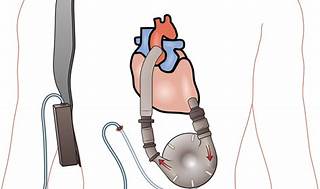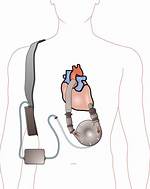AACN CCRN-Adult - CCRN (Adult) - Direct Care Eligibility Pathway
A patient with hypertension received tPA for an acute embolic stroke with complete resolution of symptoms. Twenty-four hours after tPA administration, the nurse should anticipate an order for
A patient with a left ventricular assist device has been hospitalized for 5 days. A nurse notes anasarca and skin breakdown over multiple pressure points. When addressing the patient's nutritional needs, which of the following should the nurse consider?
A patient with a history of COPD is admitted with increasing dyspnea and fatigue. O2 is initiated via nasal cannula at 4 L/min with an O2 saturation of 99%. One hour later, the patient becomes lethargic. Which of the following is the most likely cause for the change in the patient's mental status?
A patient is admitted for sepsis secondary to pneumonia. The patient has received 2000 mL of plasmalyte and their BP remains 80/50. What should the nurse anticipate next for the patient?
While recording hourly ventilator checks on a patient who is being mechanically ventilated, the nurse notes that the PIP has gradually increased by 5 cm H2O over the past 4 hours. This increase indicates



 Ventricular assist device
Ventricular assist device
